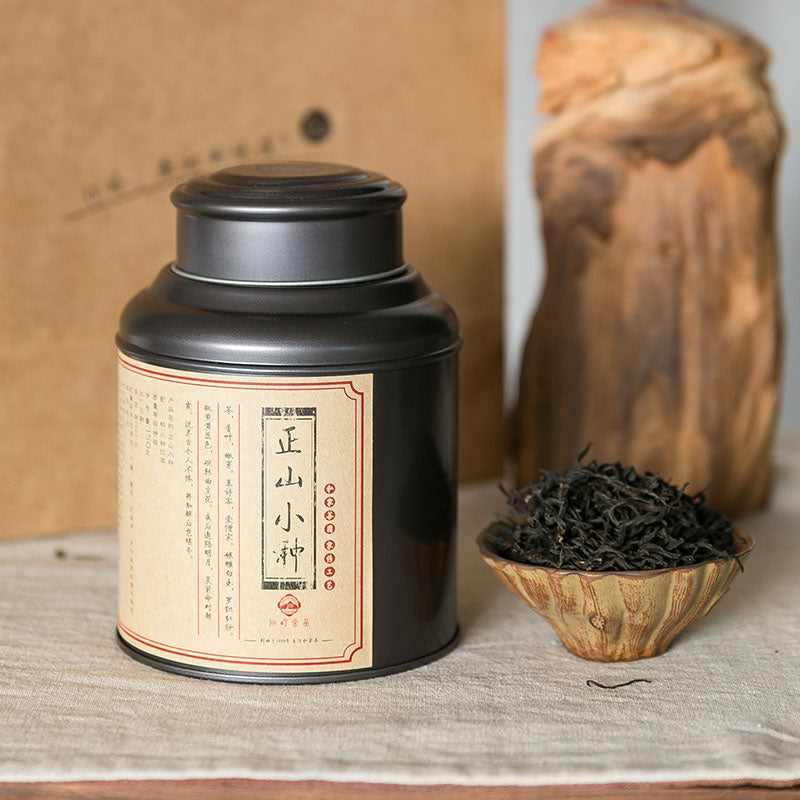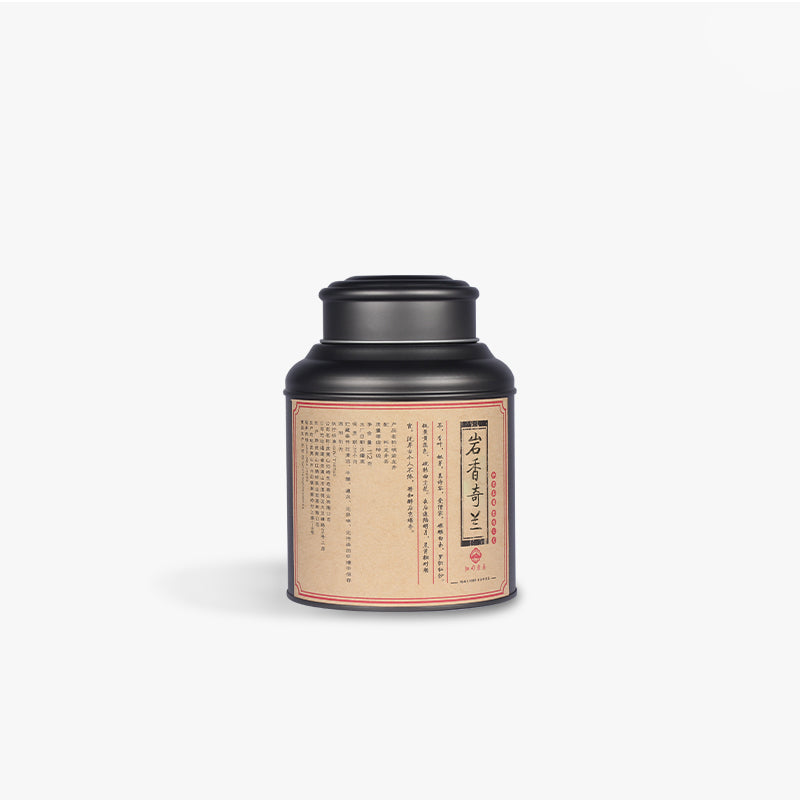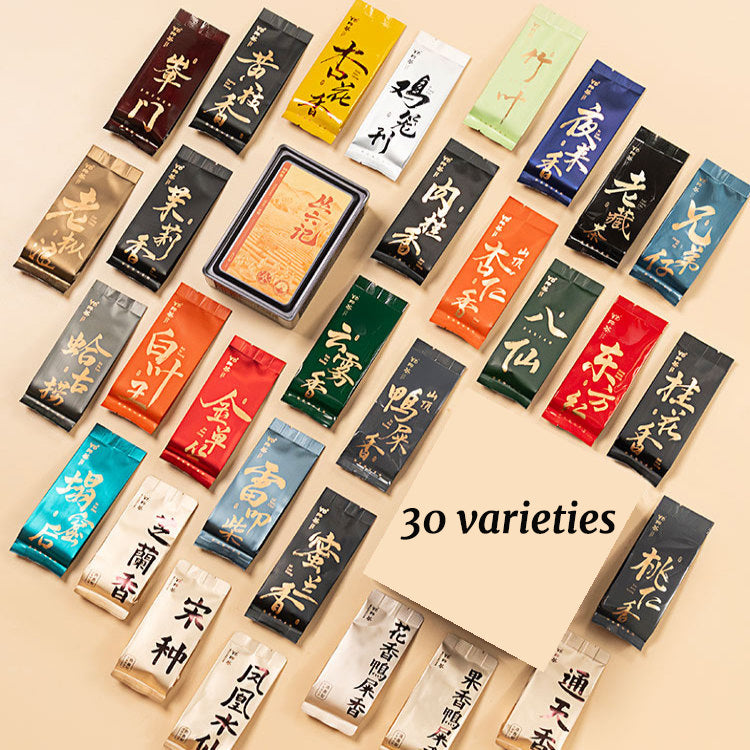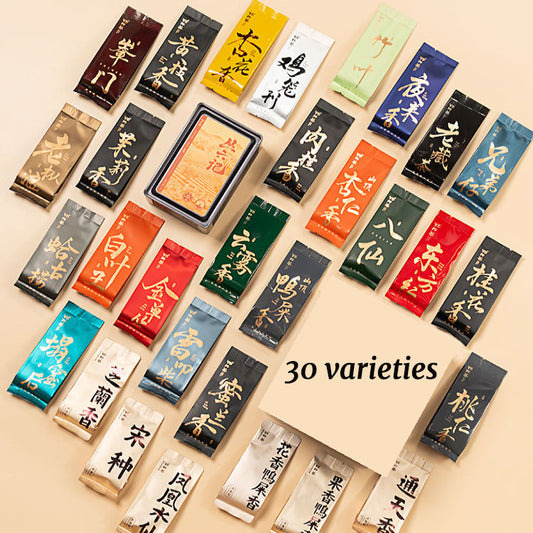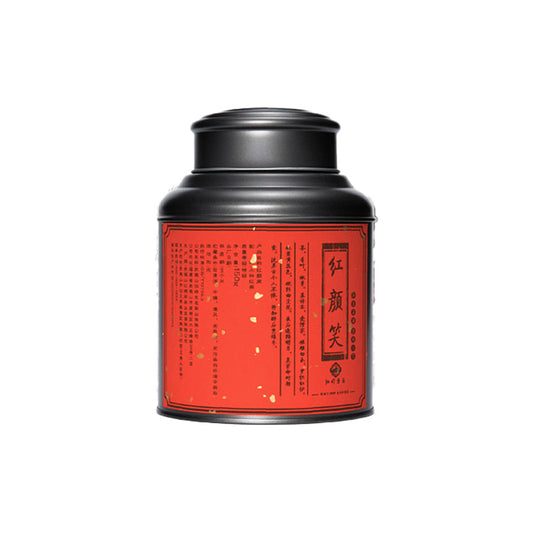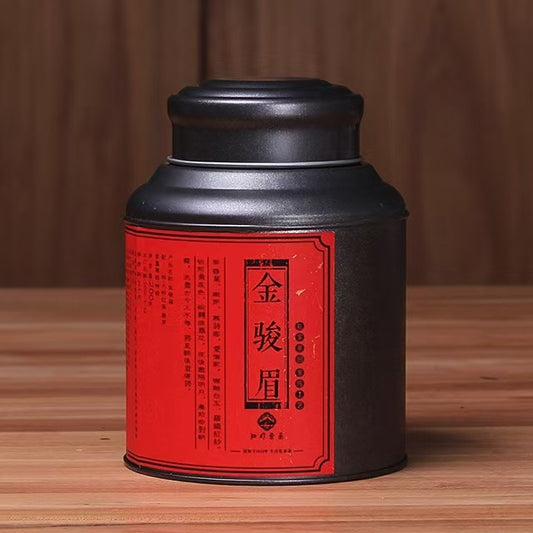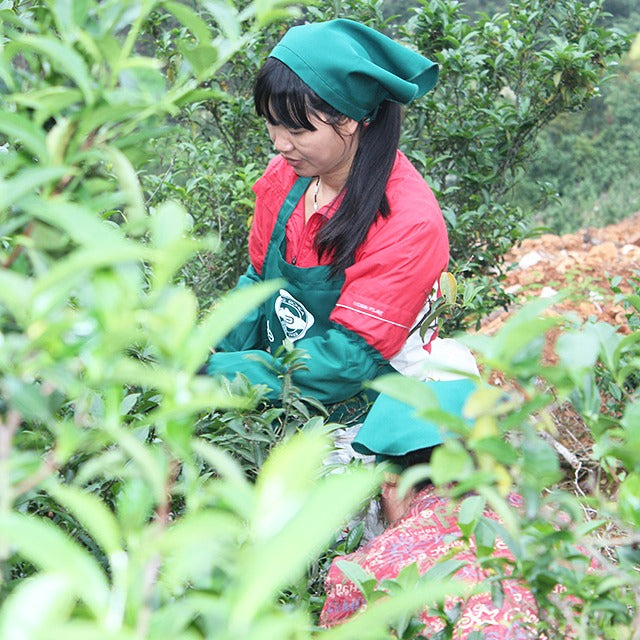Oolong Tea Flower A Blossoming Journey through Aroma and Tradition
Oolong Tea Flower A Blossoming Journey through Aroma and Tradition
When we speak of oolong tea, a world of rich aromas and flavors unfurls, much like a flower in bloom. But have you ever delved into the lesser-known facet of oolong — the intriguing concept of the "oolong tea flower"? For enthusiasts and the uninitiated alike, this term may spark curiosity, inviting us to explore not just a beverage, but an experience deeply rooted in tradition and craftsmanship.
Let's begin with a bit of context: the tea flower is not a literal bloom from the Camellia sinensis plant, from which all true teas are derived. Instead, "oolong tea flower" often refers to the unique unfolding of leaves during the brewing process, and occasionally to the delicate floral notes that certain oolong varieties exude. This dual meaning opens a sensory gateway, revealing the magic of each carefully rolled and oxidized leaf.
Consider, for example, the famed Tie Guan Yin, a Chinese oolong known for its vibrant floral bouquet. Originating from Anxi County in the Fujian province, Tie Guan Yin captures the essence of a perfumed garden. Its leaves, when unfurled in hot water, release an aroma reminiscent of blooming orchids. For those unfamiliar with this type of oolong, imagine sipping on a cup where every breath carries the essence of springtime blossoms — an experience as invigorating as it is comforting.
The craftsmanship behind these teas is a symphony of skill and patience, emphasizing the importance of tradition in oolong production. The leaves are hand-picked, wilted, oxidized, and expertly rolled in a dance that enhances their inherent qualities. This complex process is akin to an artist coaxing beauty from a blank canvas, ensuring each cup offers a layered experience — from the initial floral notes to the later, more robust flavors that linger.
Brewing oolong tea invites a simple yet profound ritual. A traditional gaiwan, with its elegant simplicity, is often preferred to let the leaves breathe and bloom. By controlling the water temperature and steeping time, drinkers can coax out subtle changes in flavor and fragrance, adjusting each brew to suit personal taste. Those new to oolong might be surprised at how a few extra seconds can transform its profile — a gentle reminder of the tea’s dynamic nature.
Culturally, oolong tea is more than a drink; it’s a narrative thread woven into the fabric of places like Taiwan and China, where each sip connects the modern drinker to centuries of history. The tea flower, in this context, becomes a metaphor for those enduring legacies — soft and ephemeral, yet resilient and deeply significant.
So, the next time you find yourself with a cup of oolong, take a moment to marvel at the unfolding dance of the leaves, to savor the floral symphony they release. In doing so, you may find that the true beauty of the oolong tea flower lies not just in its fragrance or flavor, but in its ability to root us to tradition and transport us beyond the ordinary. Isn’t it captivating how something so simple can be so profound?

